Open Educational Resources
Open educational resources are course materials that anyone can freely retain, revise, remix, reuse and redistribute.
- Introduction to OERs
- What are OERs
- Benefits of OERs
- How to use OERs
- Evaluating OERs
- Understanding licenses
- Attributing OERs
- Finding OERs Toggle Dropdown
- Creating OERs Toggle Dropdown
-
Examples of OER by subject
Toggle Dropdown
- Agriculture, Food & Wine
- Allied Health
- Animal & Veterinary Sciences
- Anthropology & Development Studies
- Architecture & Built Environment
- Art History
- Asian Studies
- Biology
- Business
- Chemistry
- Classics, Archaeology & Ancient History
- Computer Science
- Dentistry
- Earth Science
- Economics
- Education
- Engineering
- English & Creative Writing
- Entrepreneurship, Commercialisation & Innovation
- French Studies
- German Studies
- Geography, Environment & Population
- Global Food & Resources
- History
- International Trade
- Law
- Linguistics
- Mathematical Science
- Media
- Medicine
- Music
- Nursing
- Philosophy
- Physics
- Politics & International Studies
- Psychology
- Public Health
- Sociology, Criminology & Gender Studies
- Spanish Studies
- Free COVID-19 research
Ways to use OERs
You're in control when you use OERs. You can:
- start with something as simple as including a few openly licensed images in your lectures or adding a video in MyUni as a supplementary resource
- switch to an OER textbook if you're concerned about reducing costs for students or ditch the textbook entirely and use a combination of OERs
- revise an OER textbook or even create your own
- embrace open pedagogy practices and get your students involved in the evaluation, editing and creation of OERs.
The following are just a few examples of the ways educators around the world have incorporated OERs in their teaching.
-
Adopt: Textbook heroes at RMIT have replaced commercial textbooks with OERs saving students over $50,000 in 2019.
- Create: A group of academics and librarians participated in a weekend hack to collaboratively write a textbook intended for use by undergraduate students in Communication and Media Studies around Australia, New Zealand and the Pacific.
- Adapt: Arley Cruthers created a textbook which combines existing OER and original content. She revised the existing content so that it reflected Canadian content and language. She also changed names to reflect her classroom composition and added examples to reflect her students' diverse experiences.
- Engage: Rajiv Jhangiani assigned students to write and peer-review multiple-choice questions in a Social Psychology class over a 10 week period. This enabled students to achieve a deeper level of understanding with questions improving over time. It was also a pragmatic way of creating a question bank for the open textbook which was used in the course.
- Last Updated: Mar 3, 2025 3:12 PM
- URL: https://libguides.adelaide.edu.au/OER
- Print Page

